ADN polymérase Taq à démarrage à chaud
Numéro d'article:EH001 Spécification:500U/1000U/5000U Storage: Stocker à -20 ° C
Présentation du produit:
This product is an antibody-blocked hot-start enzyme that suppresses non-specific amplification caused by primer misannealing or primer dimer formation at low temperatures. It is suitable for Hot Start RAP. Since the antibody is inactivated during the initial DNA denaturation step of the PCR reaction, there is no need for special deactivation treatment; it can be used under standard PCR conditions. The PCR product amplified using this product has an ‘A’ base added to the 3′ fin, making it directly clonable into a T-Vector. It can also be cloned into blunt-end vectors after end polishing and phosphorylation.
Contenu du produit:
| Composants | EH001-01(500U) | EH001-02(1000U) | EH001-03(5000U) |
| Taq Hot-Start DNA Polymerase(5U/µL) | 100µL | 200µL | 1ml |
| dNTP Mixture (10mM chacun) | 100µL | 200µL | 1ml |
| 10× PCR Buffer (Mg2+ plus) | 1ml | 2× 1mL | 10× 1mL |
Stockage:
Stocker à -20 ° C, avec une durée de conservation d'au moins 12 mois.
Définition de l'activité:
En utilisant l'ADN du sperme mahi-mahi activé comme matrice / amorce, L'activité est définie comme 1 unité (U) de matériaux insolubles dans l'acide incorporés, en prenant 10 nmol de nucléotides à l'intérieur 30 minutes à 74 ° C.
Contrôle de qualité:
Ce produit a subi des tests de qualité et est exempt de l'activité de la désoxyribonucléase endonucléase, activité d'exonucléase de la désoxyribonucléase, et contamination de la ribonucléase. Le contenu résiduel de l'ADN génomique hôte est ci-dessous 10 copies.
Utilisations du produit:
Hot Start PCR; Détermination de la séquence d'ADN.
Mode d'emploi:
- Allow the required reagents to equilibrate at room temperature until fully dissolved. Gently mix well (ne pas vortex), and use after brief centrifugation to prevent excessive bubble formation and avoid repeated freeze-thaw cycles. If frequently used, stocker à 4 ° C. Prepare the PCR reaction mixture according to the following components (prepare the reaction mixture on an ice box):
Système de réaction recommandé:
| Réactifs | 25µl Volume du système | Concentration finale |
| ADN polymérase Taq à démarrage à chaud | 0.5µL | 0.1U |
| 10× PCR Buffer (Mg2+ plus) | 2.5µL | 1× |
| dNTP Mixture (10mM chacun) | 1µL | 0.2mM chacun |
| Apprêt je (10µm) | 0.5-2.5µL | 0.2-1.0µM |
| Amorce II (10µm) | 0.5-2.5µL | 0.2-1.0µM |
| ADN de modèle | 1-5µL | - |
| DDH2O | To 25µL | - |
Note: The amounts of each component in the reaction system can be adjusted according to actual requirements.
- En général, Une méthode en deux étapes peut être utilisée pour la réaction; if the two-step amplification is not satisfactory, a three-step method can be used to set up the PCR reaction program.
| Méthode / étapes | PCR en temps réel en deux étapes | Thre-step real-time PCR | Cycles |
| 95℃ (Pré-dénaturation) | 2-5min | 2-5min | 1 |
| 95℃ (Dénaturation) | 10-20seconde | 10-20seconde | 35-45Cycles |
| 55℃ -65 ℃ (Recuit) | 20seconde – 1min (collecter la fluorescence) | 10-20seconde | |
| 72℃ (Extension) | - | 20seconde – 1min (collecter la fluorescence) |
Note: Les conditions de réaction peuvent être ajustées et optimisées en fonction des exigences réelles.
- Une fois la réaction terminée, analyze the experimental results. For detailed analysis methods, refer to the PCR amplification instrument operating manual.
Précautions:
- Please choose an appropriate annealing (extension) temperature based on the primer design. Typiquement, the Tm value of the primers is designed to be around 60°C. For primers with lower annealing temperatures or for amplifying long fragments exceeding 200 pb, Une méthode en trois étapes est recommandée. The extension time can be adjusted based on the length of the PCR product, GC content, and other factors. The extension time per kb of product is closely related to template complexity. Simple templates use 20 secondes, normal templates use 30 secondes, and complex templates use 1 minute.
- The PCR reaction conditions should be set differently based on factors such as template, amorces, length of the PCR product, et le contenu GC. The final concentration of commonly used primers can be adjusted within the range of 0.2-1.0 µM. The DNA template concentration can also be adjusted based on its concentration. Pour des modèles complexes ou un contenu GC élevé, consider extending the denaturation/annealing or extension times, and increasing denaturation/annealing temperature.
- Use dedicated areas and pipettors before and after amplification, porter des gants, et les changer fréquemment. Après l'amplification PCR, do not open the reaction tubes directly. Place them at 4°C or -20°C to cool sufficiently before opening to minimize the risk of PCR product contamination in the experimental environment.
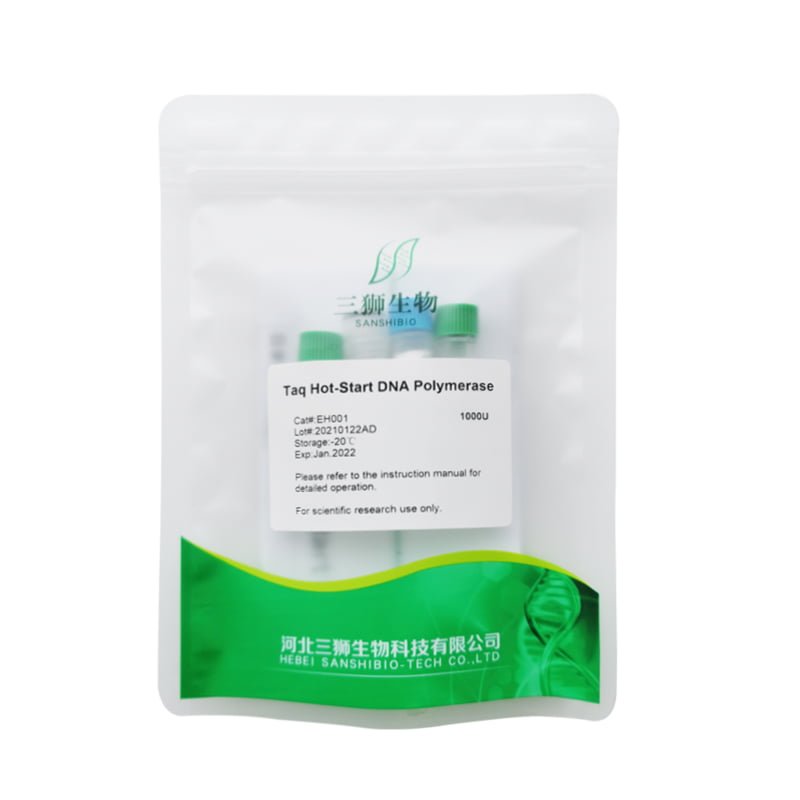
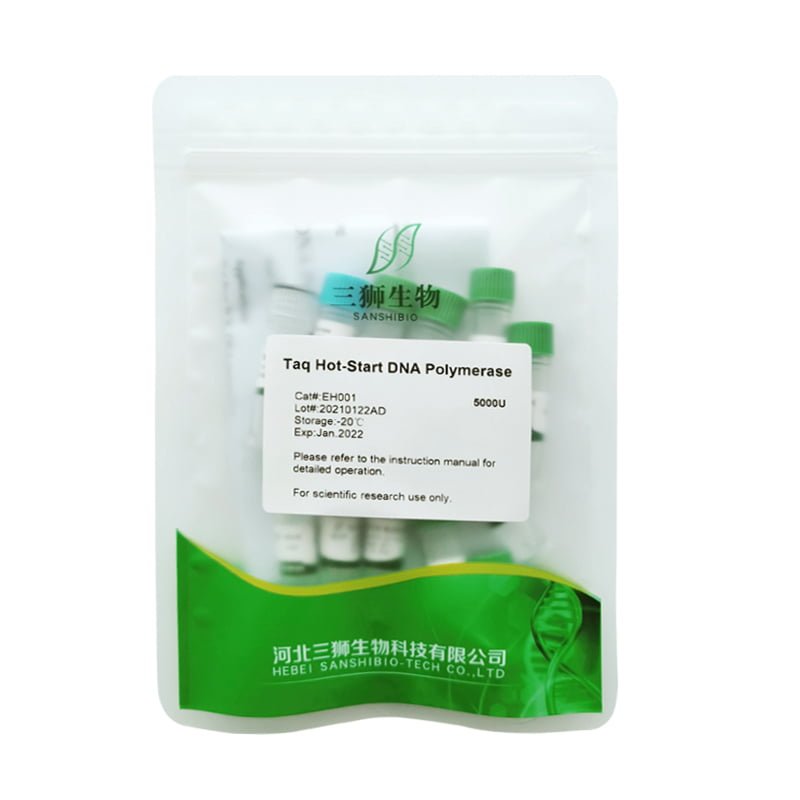
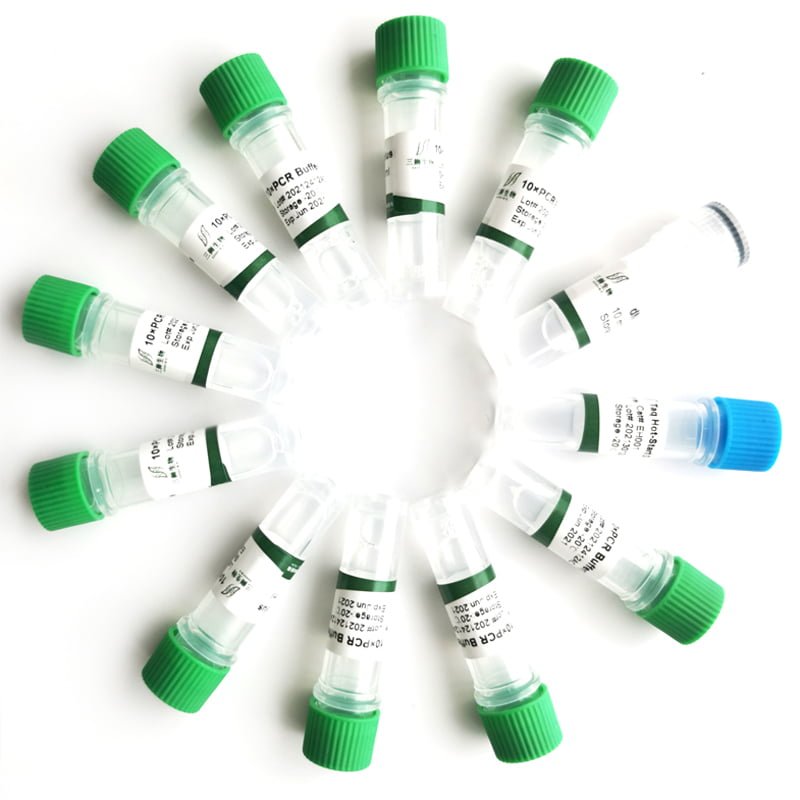
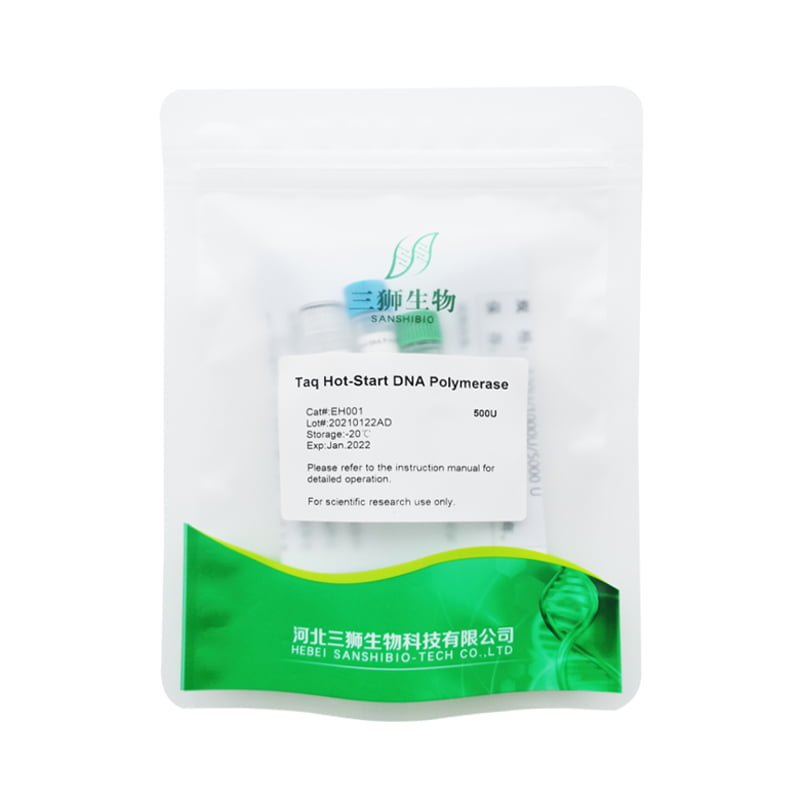
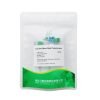

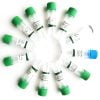
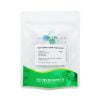
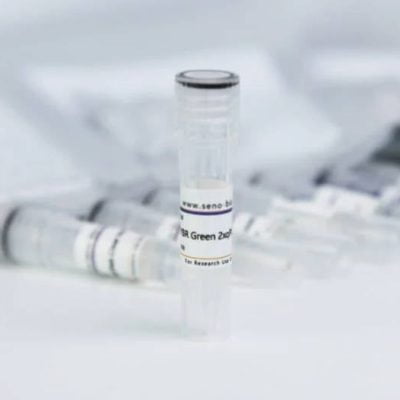
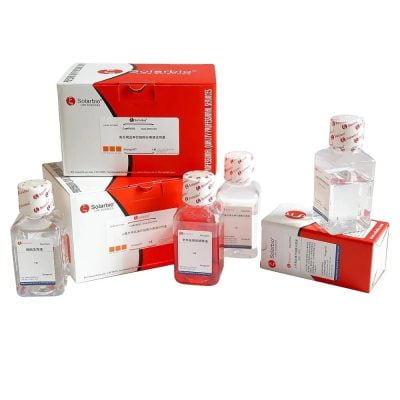

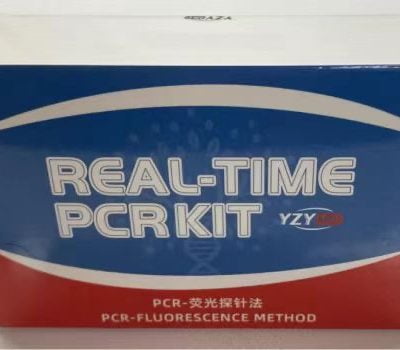
Commentaires
Il n'y a pas encore de critiques.